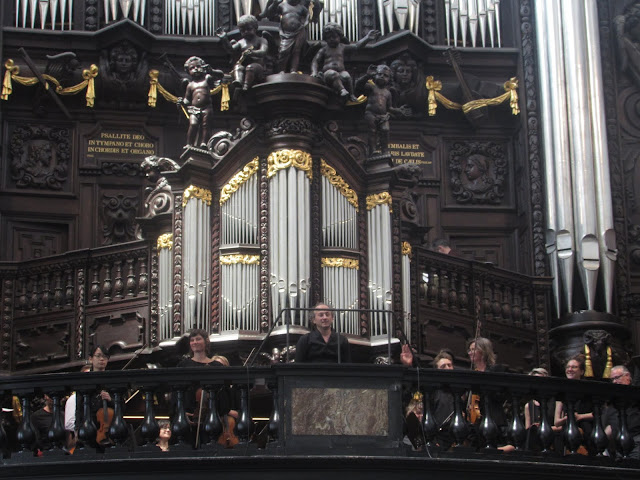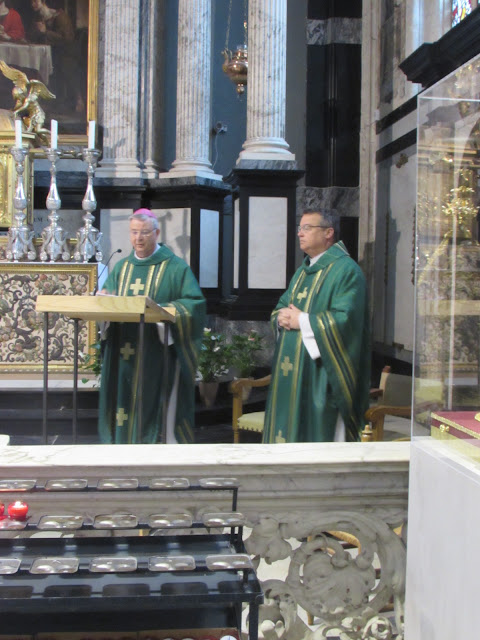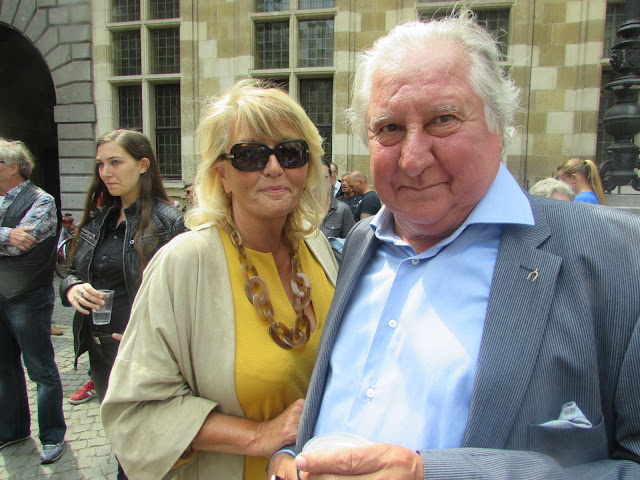Happy birthday blogger
The real blogger on the bike
Sint Pauls Kerk - la battaglia di Lepanto
Bar La Tour - Noord Kasteel - saling school
Very good friend of mine, he made the tattoos in London, his girlfriend's home
lovely bar Paniek
Skyline
Saskia in the Cathedral presented the book of the month
Toni the big boss of the wheel See View - it is a fantastic person, you can see the work in progress to install the wheel in front of the station and zoo of Antwerp
Bart, out neighbour, just came back from the Cammino de Santiago - Very happy
Bishop Bonny from Antwerpen he always likes to stay among people from different cultures
The bloggers favourite place with the bike
look at the people on top of the bridge placing a poster on top of it - the blogger is always ready to catch the moment
Zomer van Antwerpen
10 year Café Cabron
The Battle of the Golden Spurs (Flemish: Guldensporenslag; French: Bataille des éperons d'or) was a military confrontation between the royal army of France and rebellious forces of the County of Flanders on 11 July 1302 during the Franco-Flemish War (1297–1305). It took place near the town of Kortrijk (Courtrai) in modern-day Belgium and resulted in an unexpected victory for the Flemish. It is sometimes referred to as the Battle of Courtrai.
On 18 May 1302, after two years of French military occupation and several years of unrest, many cities in Flanders revolted against French rule and massacred many Frenchmen in the city of Bruges. King Philip IV of France immediately organized an expedition of 8,000 troops, including 2,500 men-at-arms, under Count Robert II of Artois to put down the rebellion. Meanwhile, 9,400 men from the civic militias of several Flemish cities were assembled to counter the expected French attack.
When the two armies met outside the city of Kortrijk on 11 July, the cavalry charges of the mounted French men-at-arms proved unable to defeat the mail-armoured and well-trained Flemish militia infantry's pikeformation on the battlefield. The result was a rout of the French nobles, who suffered heavy losses at the hands of the Flemish. The 500 pairs of spurs that were captured from the French horsemen gave the battle its popular name. The battle was a famous early example of an all-infantry army overcoming an army that depended on the shock attacks of heavy cavalry.
During the 19th and 20th centuries, the Battle of the Golden Spurs became an important cultural reference point for the Flemish Movement. In 1973, the date of the battle was chosen to be the date of the official holiday of the Flemish Community in Belgium.
































































































































